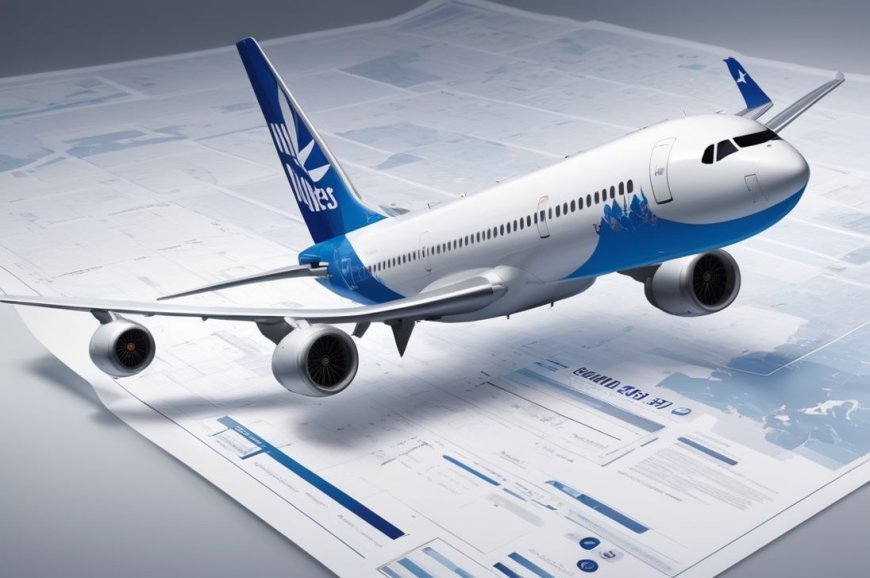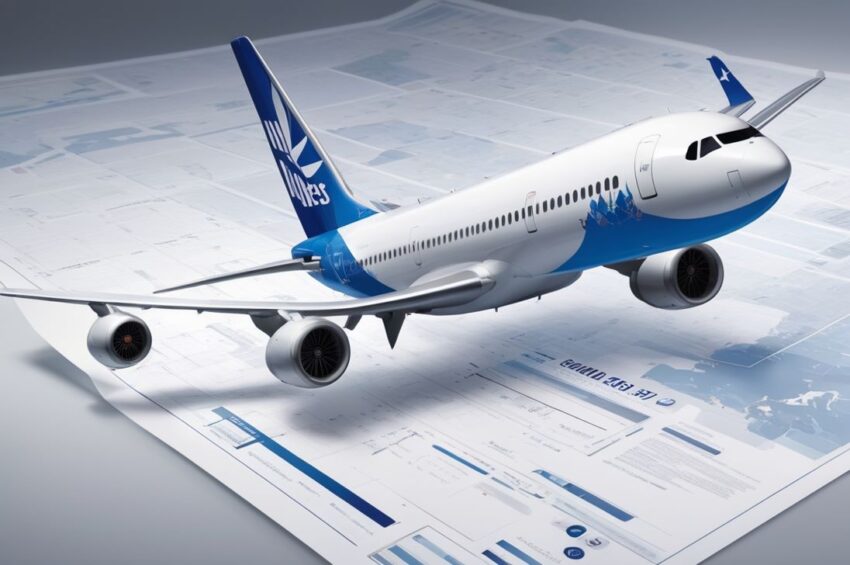EU Airlines Costs Soar to Over Fifteen Billion Last Year Amid Regulatory Burdens and Market Inefficiencies


In 2024, EU aviation costs soared to a staggering €15.5 billion, driven by regulatory burdens and market inefficiencies. The new report by Airlines for Europe (A4E) reveals how the rising costs of complying with European environmental, consumer protection, tax, and corporate disclosure regulations are taking a heavy toll on the industry. The absence of a true Single European Sky (SES) only exacerbates the problem, contributing to higher operational expenses for airlines. These combined challenges are making Europe less competitive compared to global aviation markets. If action is not taken soon, the total costs could nearly double by 2030, reaching €27.6 billion annually. This surge in costs is not just a financial concern for airlines; it also threatens the affordability of air travel for consumers and Europe’s broader connectivity.
The Rising Costs of EU Aviation Regulation
The A4E report highlights several key drivers contributing to these skyrocketing costs. In 2024, European airlines spent a total of €9.9 billion complying with regulations related to environmental policies, consumer rights, tax obligations, and corporate disclosures. These regulatory costs alone account for a significant portion of the overall financial burden faced by airlines in the region.
However, the report also draws attention to the inefficiencies in the European aviation market that exacerbate these costs. A key issue is the lack of a true Single European Sky (SES), which remains an unfulfilled promise. The SES would streamline airspace management and reduce inefficiencies by enabling more direct flight routes and better air traffic control. The absence of this system forces airlines to operate in fragmented airspace, leading to longer flight times, increased fuel consumption, and higher operating costs.
Market Inefficiencies Contributing to the Surge
While regulatory compliance accounts for a substantial portion of the cost increases, the report stresses that market inefficiencies play a critical role in the escalating expenses. Despite advancements in aviation technology and growing traffic in the European skies, the market’s lack of integration means that airlines are still facing unnecessary delays and detours. The report suggests that the cost of these inefficiencies is pushing the total annual financial burden to over €15.5 billion for 2024, a number that is expected to nearly double in the coming years unless decisive reforms are introduced.
EU’s Approach to Environmental Sustainability and Its Financial Impact
A major contributor to these rising costs is the European Union’s stringent environmental policies, especially the European Emissions Trading System (EU ETS). Airlines must buy carbon allowances to offset their emissions, which has significantly raised the operational costs of flights. Moreover, the EU Sustainable Aviation Fuel (SAF) mandate, set to become more stringent by 2050, is predicted to add a further €33 billion annually to the cost of operations for A4E member airlines.
The SAF mandate, although a crucial step in achieving carbon neutrality, places an immense financial strain on airlines that are already battling rising operational costs. Without the necessary infrastructure and technological advancements to support the widespread use of SAF, the cost burden is set to escalate, further impacting airline prices and potentially making air travel less accessible.
The Future of European Aviation: Key Challenges and Solutions
A4E’s Managing Director, Ourania Georgoutsakou, warned that without significant policy changes, the competitiveness of Europe’s airlines will continue to be undermined. The report calls for urgent reforms to align Europe’s aviation industry with global market standards. According to the findings, airlines operating in Europe are facing increasing regulatory costs that are growing at four times the rate of traffic, which only grew by 4% annually since 2014. This cost increase has placed airlines in a precarious position, especially when compared to the rest of the world, where regulatory costs are lower and market conditions more favorable.
The airline association is urging both EU and national policymakers to recognize the critical need for reform. A key recommendation from the report is the implementation of the Single European Sky, which would cut down on inefficiencies by enabling better air traffic coordination. This reform could dramatically reduce operational costs, benefiting both the airlines and passengers by improving punctuality and cutting down on unnecessary flight delays.
Impact on Consumers and European Connectivity
The financial strain on European airlines has profound implications for both consumers and the broader European economy. The rising cost of air travel could make it more difficult for consumers to afford flights, which in turn threatens the connectivity that millions of Europeans depend on for both business and leisure. If these costs are passed on to passengers, air travel could become increasingly inaccessible, leading to decreased tourism and business travel in the region.
Georgoutsakou emphasized that Europe’s attractiveness as a destination for business and tourism could be compromised. The lack of affordable air connectivity threatens Europe’s competitive position in the global market, especially when compared to regions where aviation costs are more controlled.
What Needs to Be Done: A Call for Action
In order to ensure that European airlines remain a competitive force, A4E advocates for a comprehensive overhaul of current EU aviation regulations. By aligning policies with the needs of the aviation industry and removing barriers to efficiency, the EU can help mitigate the growing cost burdens. Furthermore, the establishment of a truly integrated European airspace system, backed by a commitment to sustainable fuel development, will enable airlines to operate more efficiently and economically.
As Europe faces increasing geopolitical and economic challenges, it is crucial that its aviation sector is equipped to remain agile and competitive. Immediate reforms, especially in regard to airspace management and regulatory alignment, will be essential for sustaining the future of European aviation.
Conclusion:
The A4E report serves as a stark reminder of the mounting challenges facing the European aviation industry. With the cost of regulation and market inefficiencies projected to rise exponentially, the competitiveness of Europe’s airlines—and its overall economic health—could be at risk. Policymakers must act swiftly to address these challenges and ensure that the aviation industry remains a cornerstone of Europe’s connectivity and economic prosperity. The next steps for the EU will be pivotal in determining the future of air travel in Europe and the ability of its citizens to maintain affordable access to global destinations.
News Source: Airlines for Europe
The post EU Airlines Costs Soar to Over Fifteen Billion Last Year Amid Regulatory Burdens and Market Inefficiencies appeared first on Travel And Tour World.






